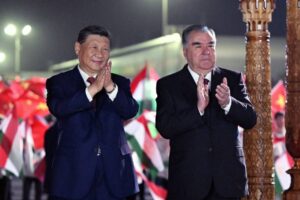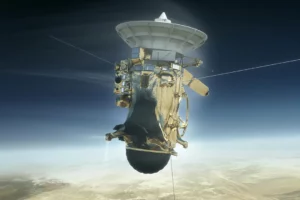Russia facing meat supply crisis with declining cattle numbers reducing domestic production and government moves to reduce low cost imports combing to create a serious shortfall in supplies. But there is a solution to the problem, according to one Russian meat group, providing the authorities are bold enough to implement it, writes Angela Drujinina.
When the Russian government banned meat imports from Brazil and China at the end of September 2004, ostensibly on health and safety grounds, the move was widely viewed as a thinly veiled attempt to stop rising levels of low-cost imports from pricing domestic processors out of the market.
But the authorities apparently failed to take into account the fact that declining numbers of long horn cattle and pigs meant that Russia’s domestic suppliers are unable to meet demand – at least at a price which is acceptable to the majority of Russian shoppers. Most processing facilities are running at well below capacity, forcing companies to increase their prices to offset higher production costs.
Despite the potential opportunities for growth offered by the import ban, meat production in Russia has increased by no more than 2 per cent, and the number of cattle has declined by about 10 per cent. At the same time, pork and beef prices have risen by more than 50 per cent.
There is some good news for poultry processors, who have managed to fill some of the shortfall in other meat products, lifting sales by 16 per cent, but even so, many poultry processors are barely covering their operating costs.
According to recent data, overall meat consumption in Russia is around 7.3 million tons a year, or 50 kg per capita. Of this, some 1.9 million tons, or 26.8 per cent, was imported.
The increasing gap between supply and demand has been created primarily by Russia’s draconian system of quotas for meat imports. The current quotas – 1.05 million tons for poultry, 450,000 tons for pork and 447,500 tons for beef – are restrictive enough in their own right, but with quotas for chilled and frozen beef products allocated to specific countries, there is insufficient flexibility to meet Russian demand.
Imports have been around 10-30 per cent below the quota levels because of these country-specific quotas, hurting not only Russian consumers but also the processors: import duties of up to €180 million have been lost as a result of the quota shortfall – money which could have been re-invested in the meat sector.
Experts are now calling for a change to the ineffective and discriminatory quota system. “It is clear that half measures will not help improve the situation,” Vadim Medovikov, president of the Urals Meat Union (UMS), told CEE-foodindustry.com. “We need to find a solution that will solve most of problems in one go. The state must create the right conditions to supply both the Russian population and Russian meat processors with high quality meat at affordable prices.”
The UMS has already sent a list of proposals as to how it might be achieved to the Russian Ministry of Agriculture and Ministry of Economy.
These include the introduction of variable market pricing mechanisms (allowing meat to be sold at different prices from region to region to take account of the disparity in production and transportation costs), a liberalisation of the market to allow equal access to both domestic and foreign supplies and the development of a stock-breeding programme.
The UMS is also calling for greater government support for meat processors – indeed, for all small and medium-sized companies in the meat processing sector – and for a centralised veterinary and sanitary control mechanism to ensure the safety and quality of raw meat and meat products.
“To make this system work, the money raised from import duties needs to be invested directly in encouraging new stock breeding programmes in the Russian regions, in proportion with each region’s population,” said Ivan Blinov, co-ordinator of the UMS. The UMS believes that its proposals would free up some RUR32 billion in aid for domestic meat producers: the increase in meat imports would generate more duties, provide more cash for domestic processors and, in turn, promote greater domestic production. Furthermore, liberalising domestic processors’ access to imported meat should generate more imports – and help raise more duties for investment in the sector.
Source : Food Navigator
















